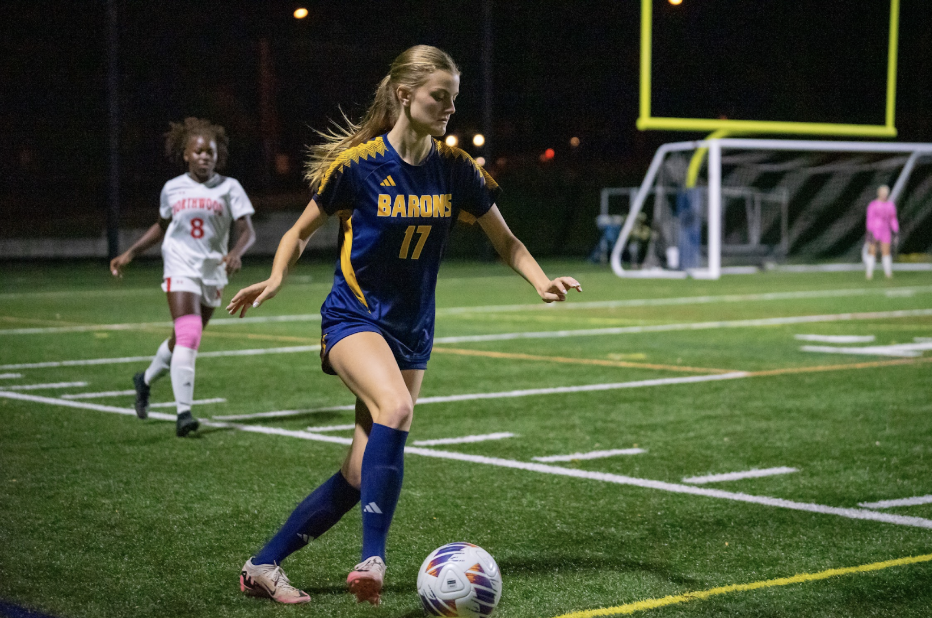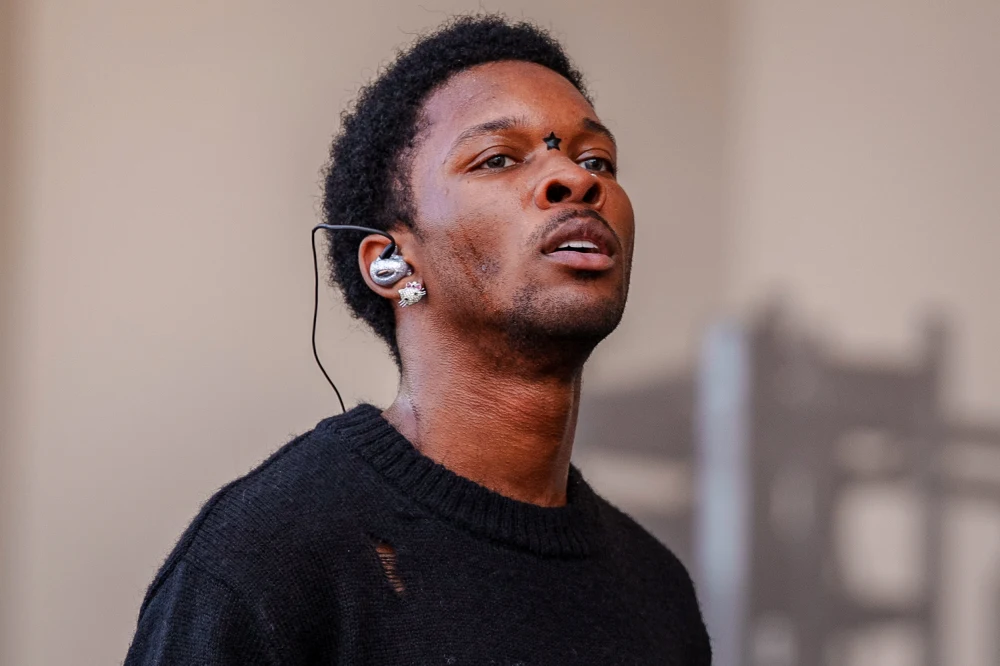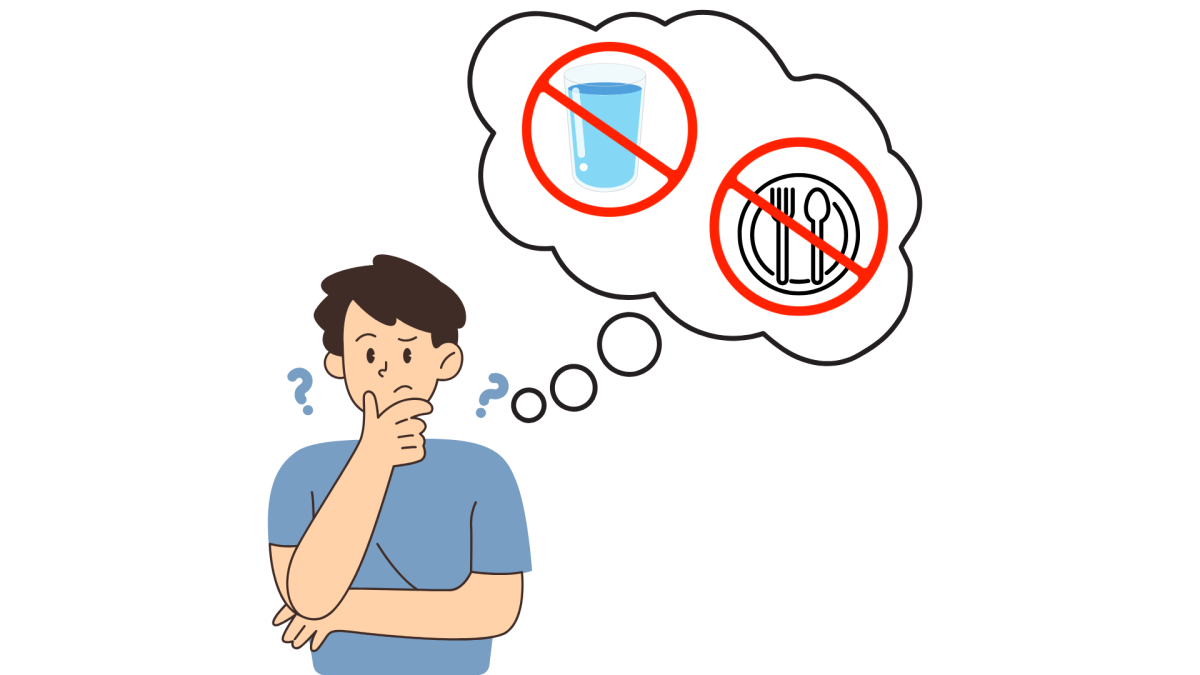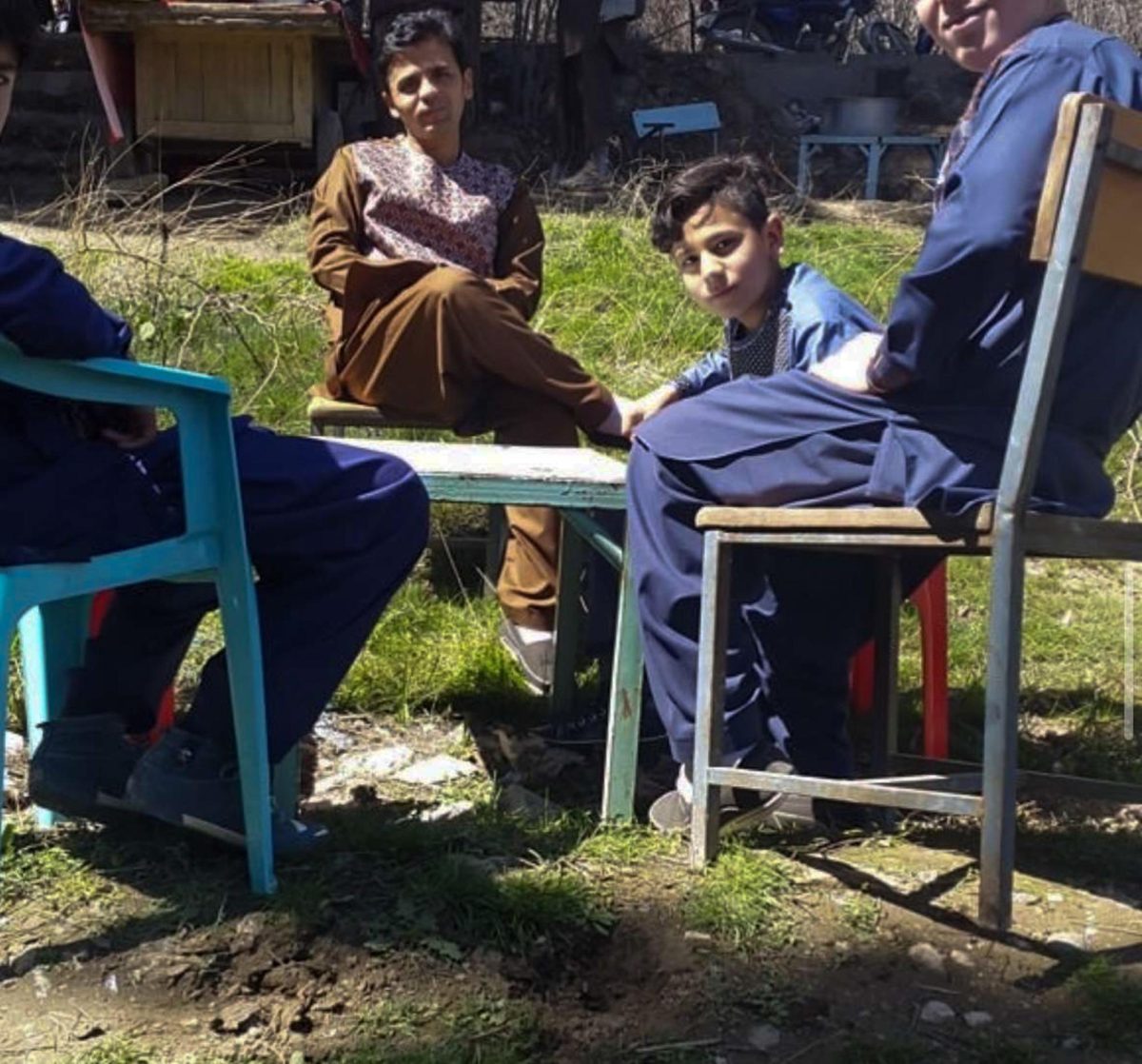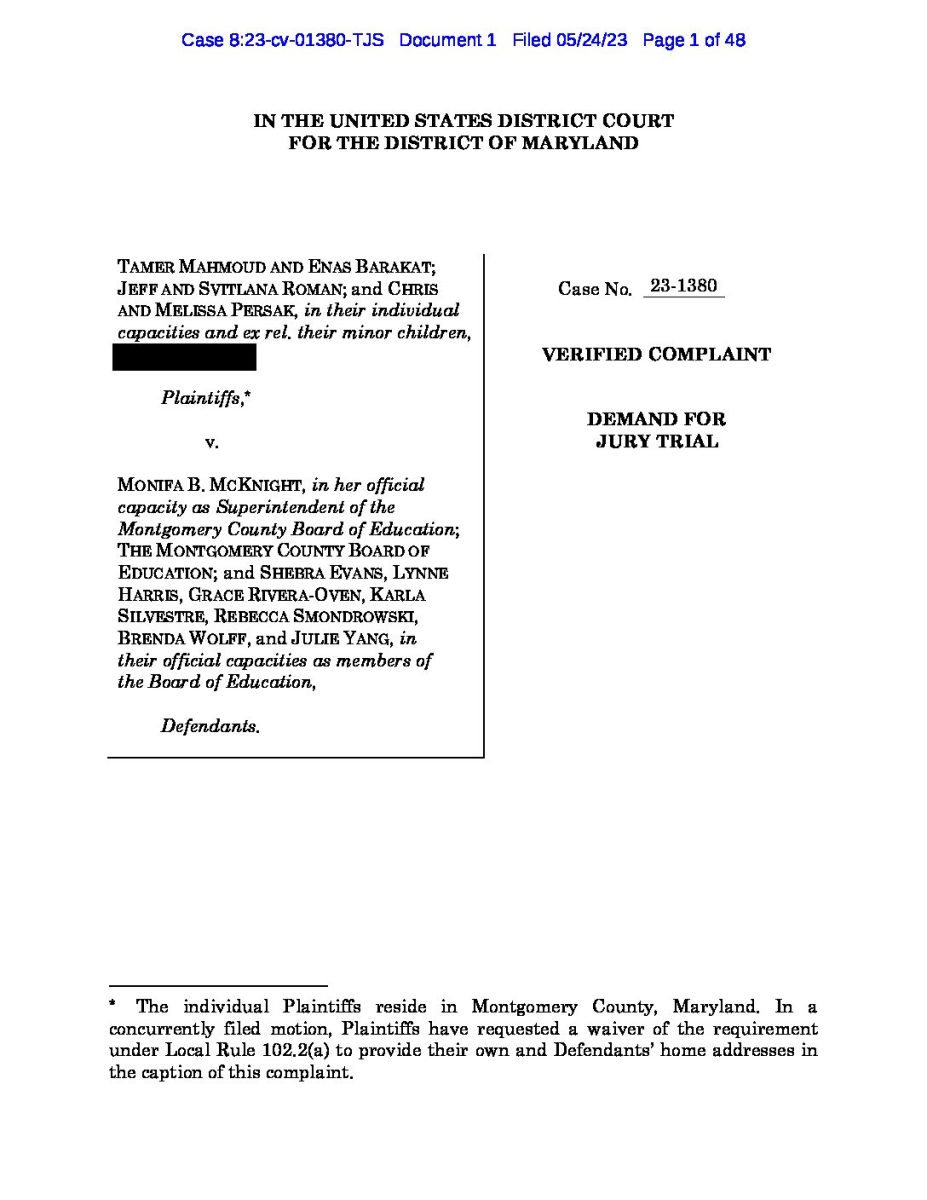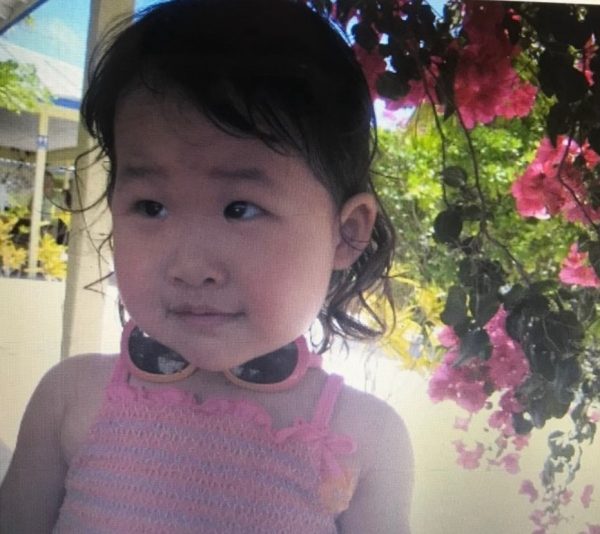From cranky teachers to stricter grading policies, every school swears they’ve got it worse; rivalries are practically a part of the curriculum. But when two students—one from B-CC and one from Whitman–compare their day-to-day lives, they realize the bell rings the same for everyone.
The Morning Struggle
Unsurprisingly, morning seems to hit hard for both Senior Natsumi Inoue from B-CC and Sophomore Alexa Limansky from Whitman. Natsumi laughs about setting her alarm for 6:30 AM, knowing she won’t actually get up until 7:00 AM. Alexa, meanwhile, is up at 6:00 — earlier if she’s cramming — but admits, “I can’t get out of bed. I’m always so tired and so cold.”
The School Day: Classes, Lunch, and Workload
Both schools run on a tight schedule. With seven classes and barely any time in between, the biggest difference comes down to school policy. B-CC students like Natsumi consider lunch as an open period, giving them a chance to explore the latest cafés or food trucks. At Whitman, the rules are a bit different. Only the upperclassmen are allowed to leave the campus, though, Alexa states, “Most students head out as long as you’re back on time.”
Inside the Classroom
When it comes to favorite classes, both students light up, just for different reasons. Natsumi’s first period is BCC TV, a creative, hands-on class where she helps produce the school’s morning show. “It feels like family,” she says, “…and when you get to watch it in the end, it’s like a big accomplishment.” Alexa, on the other hand, loves anatomy and shares her school’s diverse range of interesting elective classes and programs like engineering, the child development program, and the Leadership Academy for Social Justice program.
Every student has their own rhythm when it comes to managing the pace of school. For both Natsumi and Alexa, that rhythm often takes shape on the dance floor. Natsumi spends most of her afternoons dancing: sometimes as a student, other times as an assistant teacher. Between schoolwork, college applications, and rehearsals, her days are constantly filled with new challenges and a search for different ways to keep herself on top of things — though she’s discovered the importance of balance. “Don’t be harsh on yourself if you can’t do everything,” she says. “Make sure you don’t isolate yourself, hang out with friends. I think what I’ve noticed is that when you talk with people, it can just instantly make your day better. And, you know, you’re not the only one going through high school.” Natsumi doesn’t seem to be the only one cherishing community to help her push through the hardships of high school life; Alexa also finds structure through friendship and dance. She states that although her weekdays are reserved for clubs, academics, and dance practice, she still leaves some space for rest and time for friends during the weekends. “It’s important to still have that freedom in high school,” she says. And her go-to motivators? “Coffee, and the energy of my friends.” Different routines, same lesson: staying balanced isn’t about doing it all. Rather, it’s about knowing when to slow down.
Athletics, academics, and school reputation all fuel the rivalries that flare between high schools. But beyond the chants, colors, and competition, what is it that truly matters? In the midst of the “who has it worse” debate, maybe the real question isn’t what divides us, but instead, what we share.






